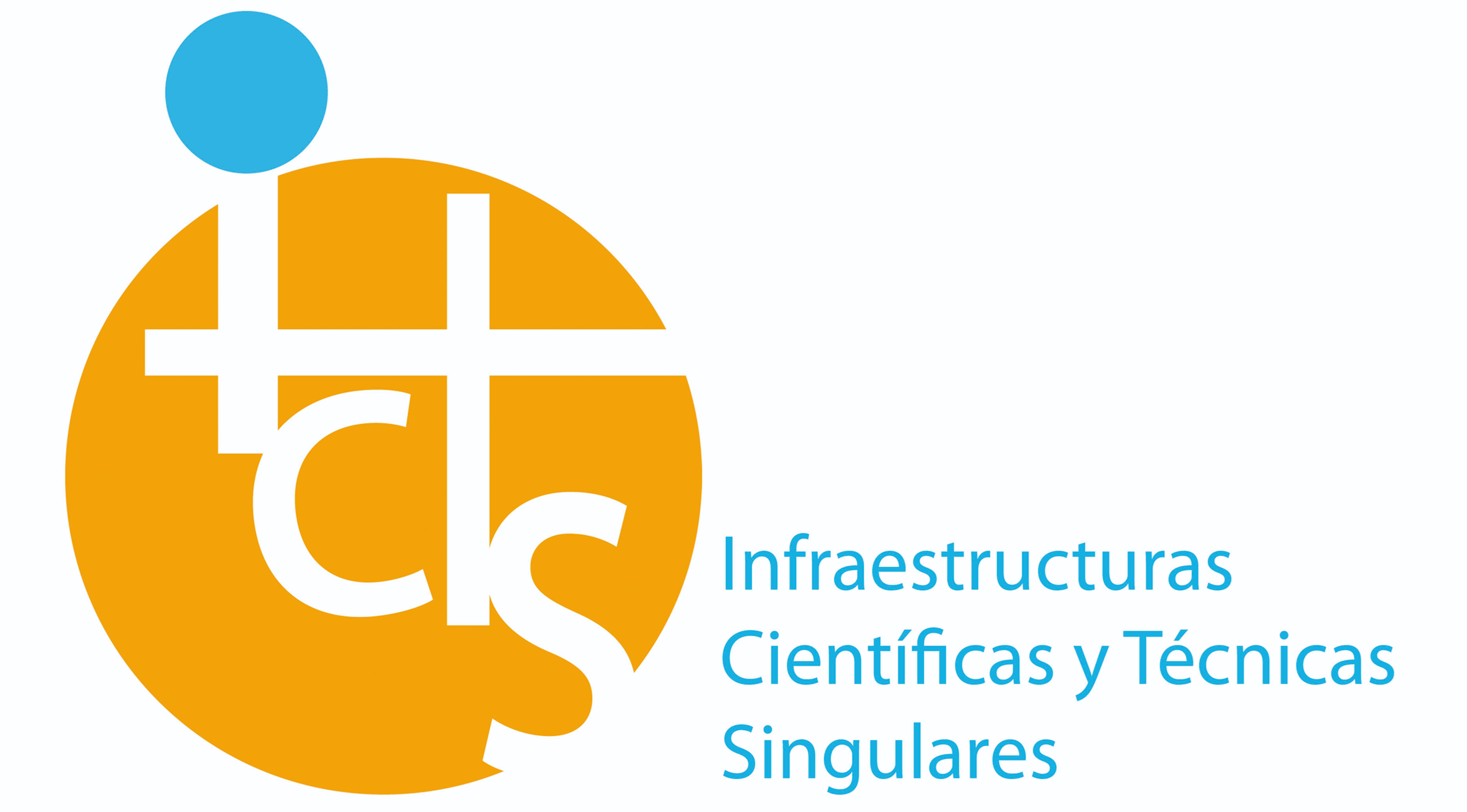PRTR Funds

The Plan de Recuperación, Transformación y Resiliencia (PRTR) is the Spanish government's roadmap for driving economic recovery, modernizing the country and ensuring a sustainable and inclusive future. Financed by European Next Generation EU funds, the PRTR represents a historic opportunity to accelerate the transformation of the economy, strengthening its productive and social bases.
The PRTR is structured around four fundamental axes, aligned with the priorities of the European Union:
- Ecological Transition: Moving towards a sustainable, low-carbon and climate change resilient economy.
- Digital Transformation: Promoting the digitalization of society, the economy and public administrations.
- Social and Territorial Cohesion: To guarantee equal opportunities and balanced development in all regions of the country.
- Gender Equality: Promote effective equality between women and men in all areas.
The Yebes Observatory, located in the municipality of Yebes in Guadalajara, is a Spanish Singular Technical Scientific Infrastructure dependent on the Instituto Geográfico Nacional (IGN). It has two fully operational radio telescopes of 40 meters and 13.2 meters and is a center for technological developments in radio astronomy.
The Centro Nacional de Información Geográfica (CNIG) is one of the beneficiaries of the 2022 public grants for Singular Scientific and Technical Infrastructures in the framework of the Recovery, Transformation and Resilience Plan through the YDEAS Project, with the aim of consolidating a framework for the promotion of scientific and technical research and its general coordination instruments in order to contribute to sustainable economic development and social welfare through the generation, dissemination and transfer of knowledge and innovation.
YDEAS project financed by the PRTR
In 2022, the YDEAS project was launched, through the National Center for Geographic Information (CNIG), for the acquisition of state-of-the-art laboratory equipment for the development, measurement and characterization of very low noise and low power consumption amplifiers, ultra-wideband signal transport systems by optical fiber and low phase noise optical local oscillators for radio astronomy receivers in the laboratories of the Yebes Observatory. This project has been financed with 675,000 euros from the Recovery, Transformation and Resilience Plan Funds through the Ministry of Science and Innovation.
The Yebes amplifier laboratory upgrade project aims to equip our 40 m and 13.2 m radio telescopes with receivers of the best possible performance, which requires a constant evolution of very low noise amplifiers. The main development goals are focused on widening the instantaneous bandwidth of microwave amplifiers, simplifying interfaces with SiS mixers for multi-pixel on-focus (FPA) receivers, expanding frequency coverage towards millimeter wavelengths, reducing power dissipation at cryogenic temperatures, and responding to requests from the radio astronomy community for the design and construction of innovative instruments needed for future projects.

On the other hand, the implementation of an optoelectronics laboratory will enable developments such as ultra-wideband signal transport systems by means of laser transmitter modulation, single-mode fiber optic transmission and demodulation in photodetectors, thus recovering the original signal. This system allows transporting signals from receivers over longer distances than coaxial cable, with lower losses, lower slope, higher instantaneous bandwidth and greater immunity to electrostatic discharges.
In addition, this laboratory will enable developments of photonic local oscillators. By mixing two lasers of close wavelengths, a very amplitude and phase stable microwave or millimeter-wave signal can be generated over a wide frequency range to serve as a local oscillator signal in the frequency converters of the receivers. This way of synthesizing local oscillator signals is more flexible than traditional systems based on Gunn diodes and multipliers, which are more limited in terms of the range of frequencies generated.

In short, this investment will allow the Yebes Observatory to increase its technological development capabilities in radio astronomy.


